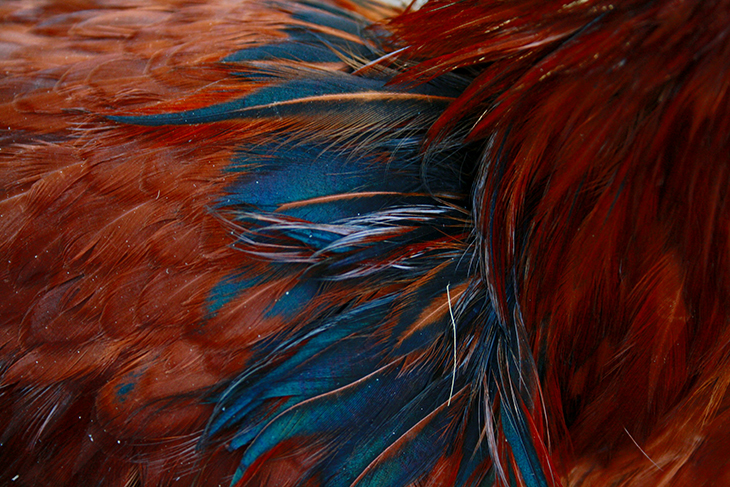
In a groundbreaking breakthrough, scientists at ETH Zurich have devised an ingenious solution that addresses both the environmental challenges of renewable energy and the waste generated by the poultry industry.
Their pioneering idea involves utilizing chicken feathers to produce a crucial component for hydrogen fuel cells, presenting a dual benefit for sustainable energy sources.
Hydrogen fuel cells are renowned for their capacity to generate emissions-free energy and a portable fuel akin to diesel. However, the current manufacturing process involves the use of “forever chemicals,” toxic substances that do not biodegrade and pose environmental hazards.
Simultaneously, the poultry industry grapples with the disposal of approximately 40 million metric tons of chicken feathers annually, leading to incineration and the release of problematic gases, including CO2.
The collaborative efforts of the ETH Zurich research team and Nanyang Technological University in Singapore have resulted in a transformative solution: repurposing chicken feathers to replace the toxic chemicals in hydrogen fuel cells. This innovative approach not only mitigates environmental concerns on both ends but also holds the potential to reduce the overall cost of hydrogen adoption.
Raffaele Mezzenga, Professor of Food and Soft Materials at ETH Zurich, says, “I’ve devoted a number of years to researching different ways we can use food waste for renewable energy systems.”
“Our latest development closes a cycle: we’re taking a substance that releases CO2 and toxic gases when burned and used it in a different setting: with our new technology it not only replaces toxic substances, but also prevents the release of CO2, decreasing the overall carbon footprint cycle,” he adds.
The key to this breakthrough lies in the composition of chicken feathers, which consist of 90% keratin – a protein found in human hair and nails. The researchers, led by Professor Raffaele Mezzenga, converted this keratin into ultra-fine fibers known as amyloid fibrils through an environmentally friendly process that breaks down the feathers. These fibrils can then be used to create the semipermeable membrane crucial for hydrogen fuel cells.
The resulting fibril membrane offers a remarkable advantage, making the membrane between the anode and cathode three times more cost-effective than those produced using synthetic materials. Beyond cost efficiency, this innovative membrane can also be employed in electrolysis to generate pure hydrogen (H) directly from water. While hydrogen is not naturally occurring on Earth, it can serve as a clean alternative to diesel fuel for powering heavy machinery such as planes and trains.
The electrolysis process involves sending a current directly through water, allowing oxygen to escape at the positively charged anode and releasing hydrogen at the negatively charged cathode. The unique properties of the keratin membrane enable to passage protons even in pure water, typically considered non-conductive enough for electrolysis.
According to the UTH Zurich press, the researchers progress in their exploration of the stability and durability of the keratin membrane, their next step involves potential enhancements to ensure optimal performance. The research team has already taken significant strides by filing a joint patent for the membrane. Now, they are actively seeking investors or collaborating with companies to further develop and bring this transformative technology to the market.
This promising advancement not only repurposes poultry waste for a sustainable energy future but also exemplifies the potential of interdisciplinary collaboration in addressing pressing environmental challenges.
What are your thoughts? Please comment below and share this news!
True Activist / Report a typo


